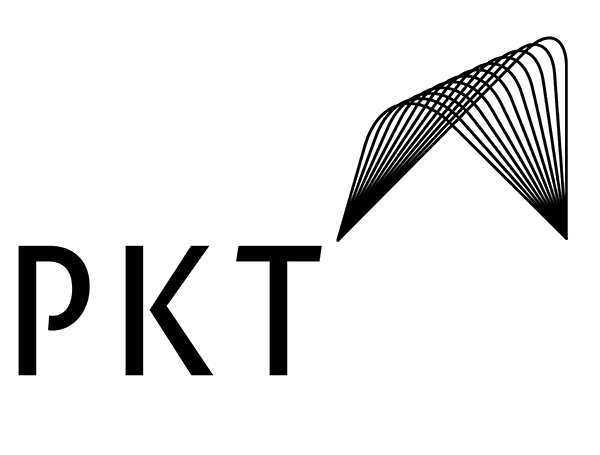
Planning a Successful Board Retreat – Ultimate Guide 2023
A successful board retreat is a great way to bring different perspectives together to help an organization chart a direction for their future. With thoughtful planning, these meetings can be a productive and collaborative way for a board of directors to discuss the challenges and opportunities that their organization is facing. This guide will provide the ultimate formula to ensure the success of your board retreat in 2023.
Step 1: Choose a retreat location
It is important to carefully consider the location of your board retreat. Your board needs a place that not only promotes productivity, but also encourages relaxation. Be sure to select a destination that is close enough for everyone to reach easily, but also provides enough peace and quiet for your meetings. Additionally, factor in amenities like access to restaurants, shopping, and other activities that can help make the retreat more enjoyable.
Step 2: Develop an agenda
Creating an agenda is essential to ensure that your board retreat runs smoothly. Developing an agenda that outlines the topics to be discussed and the order in which they will be addressed allows board members to plan and contribute thoughtful input to the discussion. Take the time to consider the full scope of an organization’s activities and potential areas for improvement before deciding on a specific agenda.
Step 3: Plan for icebreakers
A successful board retreat depends on how well the board members understand one another and the chemistry of the group. Including icebreakers among the activities of your board retreat helps to create an atmosphere of camaraderie that promotes collaboration and enthusiasm. Consider team building games, philosophical conversations and even a round of golf to get the members interacting with one another in a casual atmosphere.
Step 4: Pick the right technology
Modern technology allows for faster, more efficient communication and data delivery. When planning your board retreat, remember to choose and test the right technology. You’ll need to select and test a virtual meeting platform that all board members can access, as well as ways to share files and documents during the meeting. Proper technology use helps keep the board updated on the status of all the organization’s activities, and can be used to increase their efficiency during the meetings.
Step 5: Prepare for meals
A key element to any successful board retreat is having food available for everyone. Food serves two purposes: it is both a necessity for sustenance and also a way to create a more relaxed atmosphere. If you’re able to, include catered meals that can be enjoyed collectively. Having the board dine together helps to foster a sense of camaraderie and helps build relationships overtime. If it’s not feasible, having snacks readily available can also be helpful.
Step 6: Set ground rules
Finally, all successful board retreats have a set of ground rules, or norms, that each board member is expected to follow. They are similar to expectations in the workplace, but much more concrete. Norms should be clear and consistent for everyone attending the retreat, with consequences in the event that someone does not adhere to them.
Leading Board Discussion and Activities.
A board retreat is an important event for any organization, no matter its size. A retreat provides an opportunity for board members to get to know one another, discuss and refine organizational strategies, and identify the most effective ways to manage and improve the organization. While a well-run board retreat can create positive momentum for the group, a poorly planned one can have the opposite effect.
This Ultimate Guide will show board members how to plan a successful board retreat and lead board discussion activities. The board retreat is meant to provide an opportunity to bring everyone together and build team spirit. Participants can become a closer team, and new ideas or strategies can also be discussed.
When planning a board retreat, the first step should be to select a facilitator. The facilitator will help guide the discussion and keep the participants on track if disagreements arise. They should be someone who has experience in leading professional workshops and board conversations, and who can provide insights on how to maximize everyone’s input without disrupting the flow of the meeting.
Once a facilitator has been chosen, the group should determine the purpose of the retreat. This should include the objectives for the meeting and the outcomes that need to be achieved. By setting specific objectives, goals, and desired outcomes for the meeting, the facilitator and the participants can easily measure success.
The next step is to develop a detailed agenda for the retreat. This should include topics for discussion, any relevant presentations, and any activities that will be used to prompt conversation and engagement. Depending on the group size, it may be beneficial to break the group into smaller groups for more focused discussion and activities.
It’s also important to determine how long the retreat should last. Depending on the goals and objectives, the retreat could take place over one day or several days. Having a well-defined timeline can help to keep everyone focused and on track.
When it’s time to lead the discussion and activities during the retreat, the board facilitator should be prepared with an introductory speech that sets the tone and focus of the retreat. During the retreat, it’s important to ensure that all participants are heard and that there are adequate opportunities for dialogue. Encourage all participants to engage in discussion and provide their opinions.
The facilitator also has to prepare for difficult situations that may arise during the conversation. Discussions of sensitive topics can be particularly challenging, and any disagreements should be managed in a respectful manner. The facilitator should have clear ground rules in place and ensure that everyone follows them.
At the end of the board retreat, the group should take time to reflect on what was discussed and identify ideas for improvement. This will ensure that the board is more effective and organized in the future.
At the end of the board retreat, the group should take time to reflect on what was discussed and identify ideas for improvement. This will ensure that the board is more effective and organized in the future.
To ensure that the board retreat is a success, it’s important for facilitators and members to plan in advance. Organization and preparation are key for creating an effective meeting and a productive environment. By following this Ultimate Guide, board members and facilitators can plan an effective and memorable board retreat.
Conclusion
By following the tips outlined in this guide, you will be well on your way to planning a successful board retreat for your organization in 2023. From carefully choosing the location to planning for icebreakers and meals, the elements included are key to ensuring that your board retreat is both productive and enjoyable. Follow this guide to make sure that your board retreat is the ultimate success.
Talk to us about planning your next Management Retreat
Leadership retreats for executives




